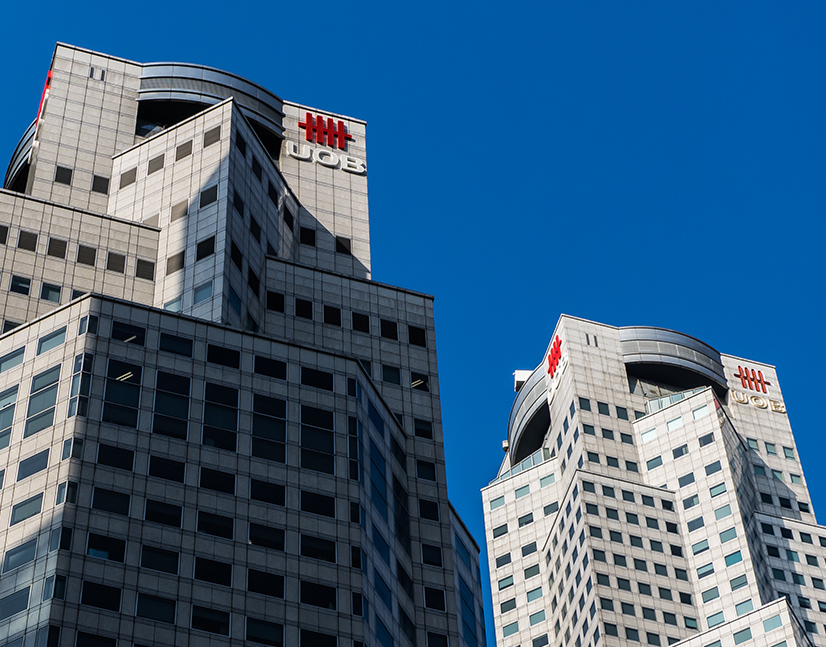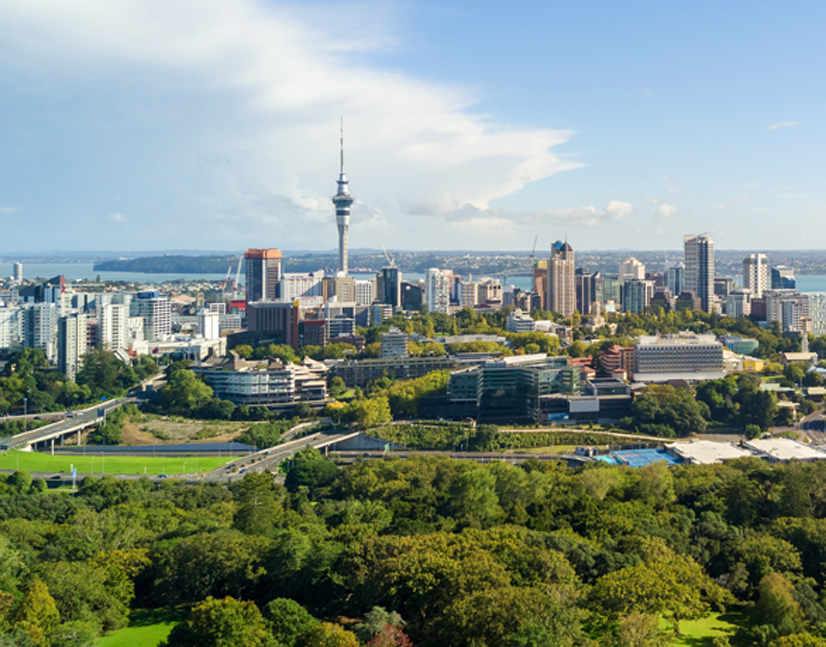
News

International Finance Corporation (IFC)’s return to the Kauri market on 17 July was the first such transaction since early April. Deal sources say conditions have markedly improved, to the extent that pricing achieved by the issuer was more attractive than US dollar levels.

On 17 July, United Overseas Bank Sydney Branch (UOB Sydney) printed the domestic market’s first repo-eligible deal since Australian Prudential Regulation Authority (APRA)’s announcement on total loss-absorbing capacity on 9 July. While much focus has been on financial institution (FI) regulatory-capital transactions in recent weeks, senior-unsecured pricing has tightened to record lows.

KfW Bankengruppe (KfW) returned to the Australian green-bond market on 17 July with a A$450 million (US$317.7 million) five-year green bond, four years after its inaugural green Kangaroo. Lars Ainsley, senior manager, new issues and capital markets at KfW in Frankfurt shares the agency’s perspective on green-bond market development with KangaNews.

The long-term trend is still in the right direction, but investors and intermediaries in Asia say regional interest in Australia has taken a step back in the past 12 months. There are still many reasons for Australian market participants to maintain and grow their Asian engagement, however.

New capital requirements proposed for banks by the Reserve Bank of New Zealand (RBNZ) are likely to have consequences well beyond the banking sector. Economics in the lending market could be set for change, which may in turn reshape the dynamics of corporate bond issuance in New Zealand.

Bank of Montreal (BMO) has returned to the Australian dollar market for the first time since Canada’s total loss-absorbing capacity (TLAC) regime came into effect. Deal sources say the success of the transaction reaffirms domestic support for Canadian bail-in deals.

Attractive pricing conditions driven by demand outstripping supply in the mid-curve was the main factor driving International Finance Corporation (IFC)’s relatively large Kangaroo print on 10 July, deal sources say. While high-grade Kangaroo issuance volume is flat in 2019, the mid-curve has experienced something of a renaissance.

The most active participants in Australia’s sustainable-finance market are considering how the EU taxonomy’s technical report may be locally applicable. It is early days for a local understanding and application of European principles, but harmonisation between jurisdictions appears to be a preferred outcome for many – including leveraging the EU’s work to reinforce local standards.

Deals from Toronto-Dominion Bank (TD Bank) and BNP Paribas continued the recent run of global financial institution (FIs) issuance in Australian dollars. Lead managers say higher-yielding product from global borrowers is proving attractive to investors in a rallying but low-rates market, to the extent that BNP Paribas was even able to print a rare additional tier-one deal from a non-Australian issuer.

The nascent green, social and sustainability (GSS) bond space in New Zealand continued to advance on 3 July, when Auckland Council became the market’s first repeat GSS issuer. Deal sources cite greater acceptance of green as an asset class as further evidence of market maturity.

The Australian Prudential Regulation Authority (APRA) has reduced the incremental total-capital uplift initially required of Australia’s big-four banks under its total loss-absorbing capacity (TLAC) equivalence regime. The regulator believes it should be possible for Australian banks to fund a smaller initial uplift with tier-two securities rather than via a new asset class.

New analysis from S&P Global Ratings (S&P) predicts further consolidation within the mutual sector. This consolidation should see greater capital-markets activity from the sector thanks to greater entity scale and expansion of the range of funding tools available to mutual banks.
